Top 10 Most Beautiful Animals in the World
Do not expect to recognize many of the animals on this list. While some might be familiar, nature provides us with almost 9 million distinct species. Beauty is not limited to the hundreds of animals that we can readily identify.
Some fun facts will be provided about each of the ten animals. Whether for survival or mating, natural selection has endowed these creatures with unusual anatomical adaptations and spectacular panoplies of color!
10. Mandarin Fish
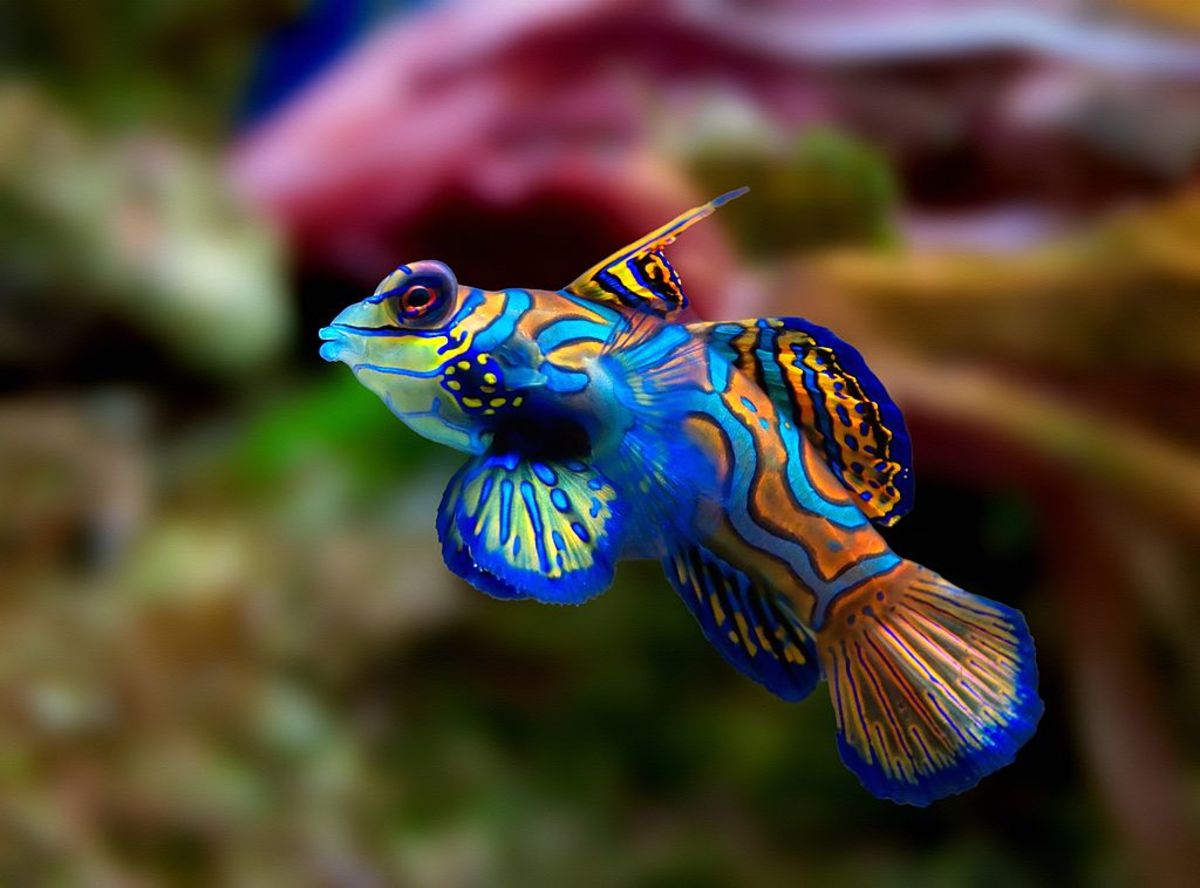
The regal profile of the mandarin fish. | Source
The mandarin fish (Synchiropus splendidus) swims in the south-west Pacific Ocean close to Australia, Taiwan, and the Philippines. Its array of color is similar to that of the robes worn by an Imperial Chinese mandarin or bureaucrat. The blue color comes from a cellular pigment that is unique to the species. The mandarin fish is only 6 cm long. It dwells in secluded lagoons and reefs, eating small crustaceans.
9. Fennec Fox
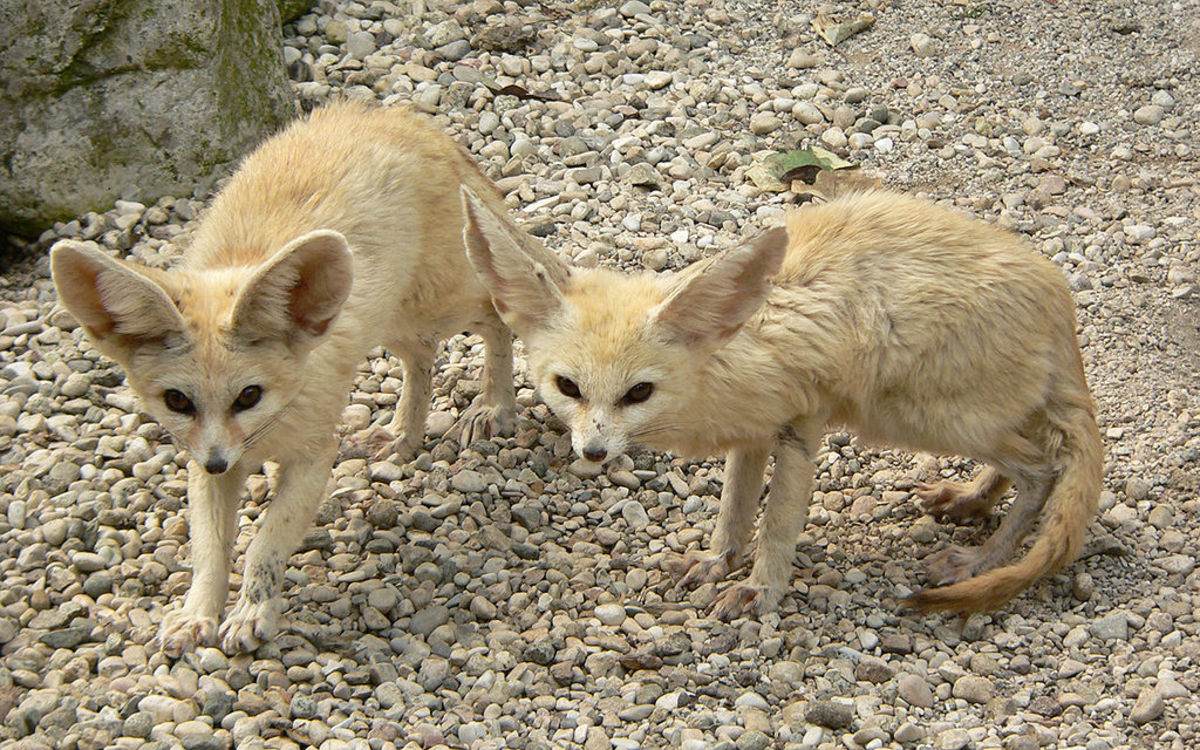
Two young fennec foxes. | Source
The fennec fox (Vulpes zerda) lives in North Africa and the Sahara. Its huge ears can grow up to 15 cm long. They radiate heat away from the animal and allow it to locate subterranean prey. The fennec fox is a predominantly nocturnal animal, hunting small mammals, birds, and insects at night. It can live up to 14 years and reach a size of 40 cm, not including its 30 cm tail. They can bark, purr, and snarl, and their natural predator is the eagle owl. 'Fennec' is the Arabic word for fox, and it is the national animal of Algeria.
8. Black Backed Kingfisher
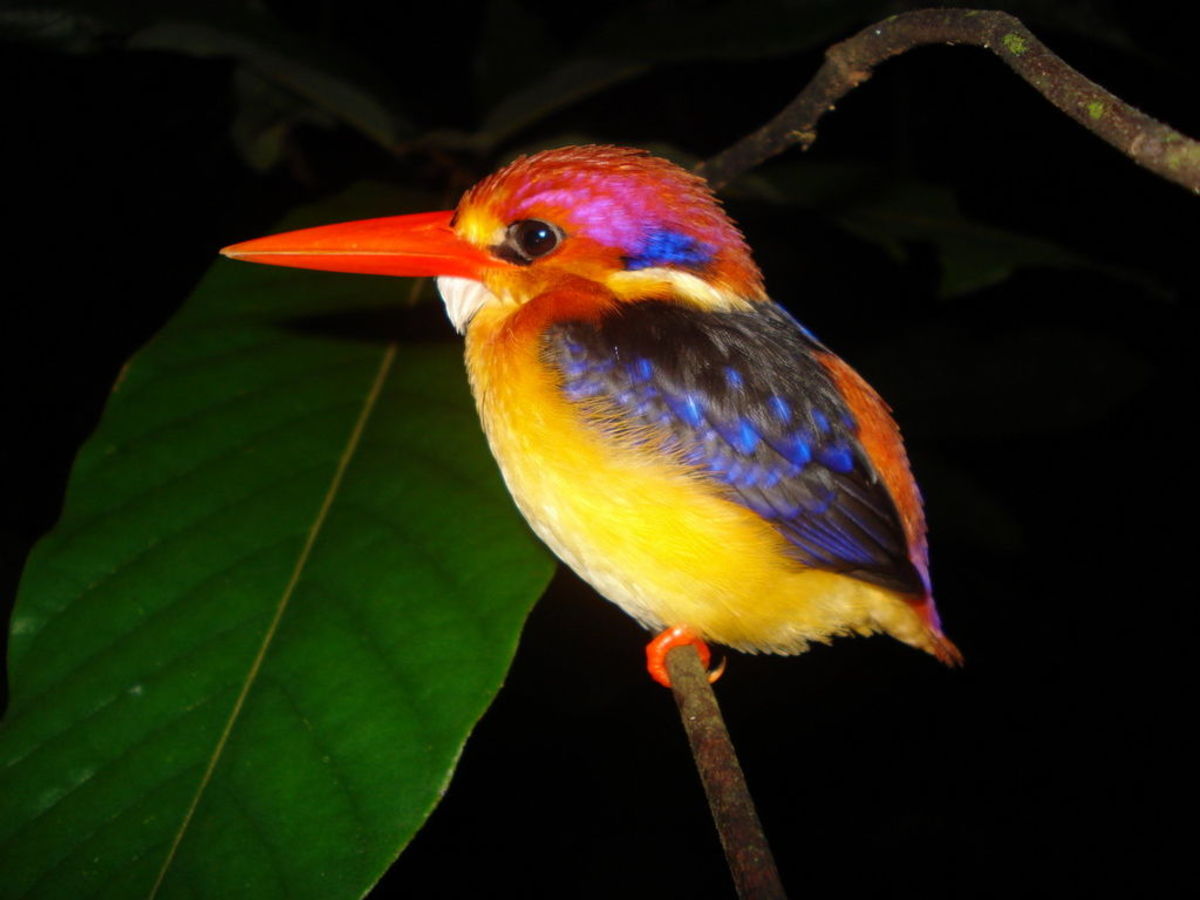
The colorful black backed kingfisher. | Source
The black backed kingfisher (Ceyx erithaca) is approximately 13 cm in length. It lives in southeast Asia and India close to streams and rivers in well-shaded, wooded areas. These kingfishers eat insects and snails as well as small lizards, frogs, and crabs by the riverside. They build tunnel-like nests in the riverbanks that can be up to a meter long. These nests can take more than a week to dig.
7. Zanzibar Red Colobus
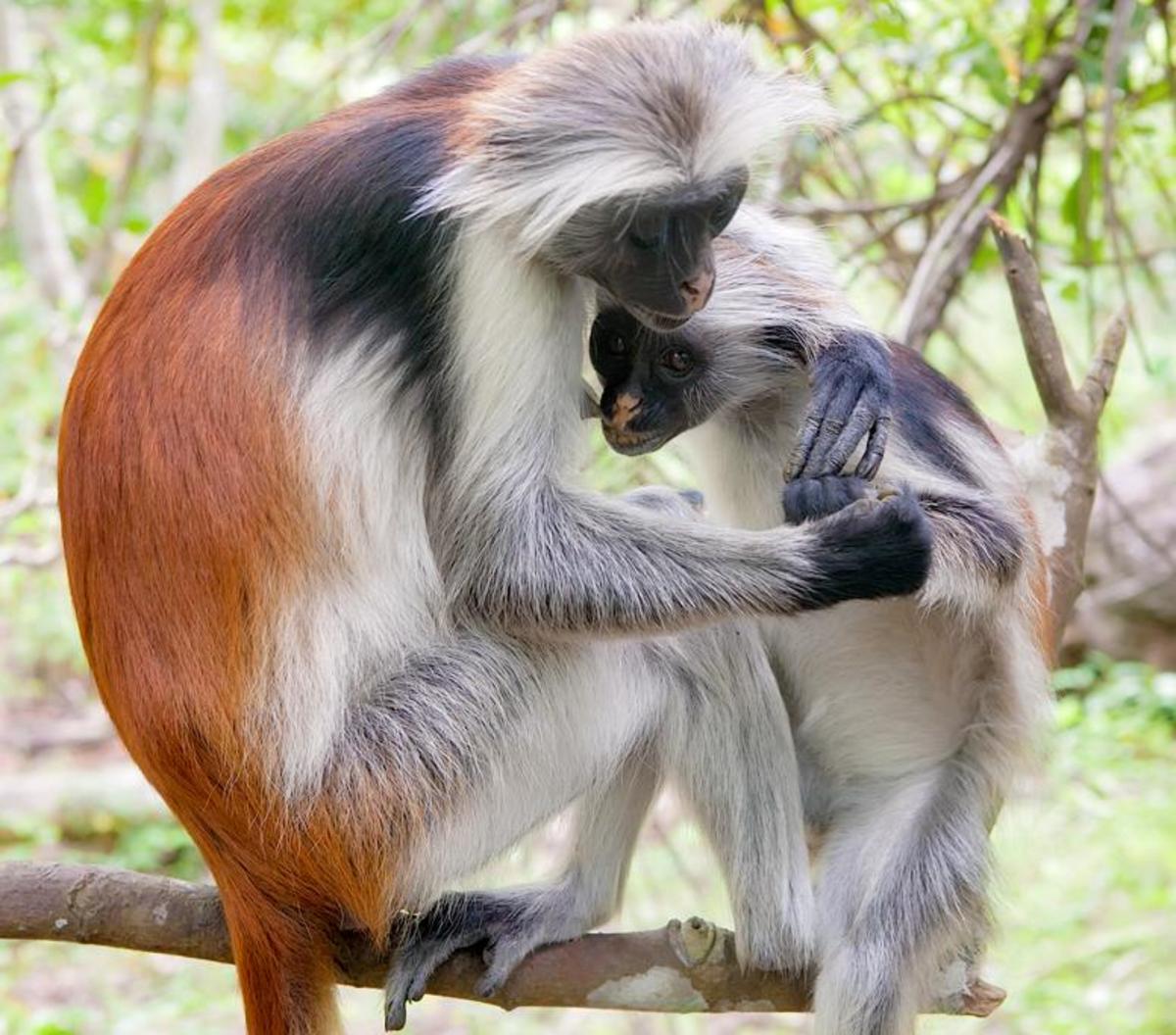
The Zanzibar red colobus. | Source
The Zanzibar red colobus (Procolobus kirkii) is a monkey that lives only on Zanzibar, an island off the coast of Tanzania. They are an endangered species with no more than 3000 left in the wild. The people of Zanzibar hold negative views of the animal and call them `poison monkey' because of their unusual smell. They live in groups of up to 50 individuals, with a 1:2 ratio of males to females. The red colobus eats leaves, seeds, and flowers that it finds in forests, coastal areas, and swamps. They also eat unripe fruit because they cannot break down the sugars in ripe fruit. They are known to eat charcoal to aid digestion.
6. Caracal

A caracal on the prowl. | Source
The caracal (Felis caracal) gets its name from the Turkish words kara kulak, meaning `black ear'. It has a number of adaptations that allow it to live in a diverse range of habitats. These include its long, tufted, and highly flexible ears that help it hear the smallest of sounds, and powerful hind legs that allow it to leap several meters into the air to catch birds. They also eat small mammals, gazelles, and reptiles. The caracal lives in Africa and the Middle East and can grow up to a meter long, plus a 30 cm tail.
5. Candy Crab
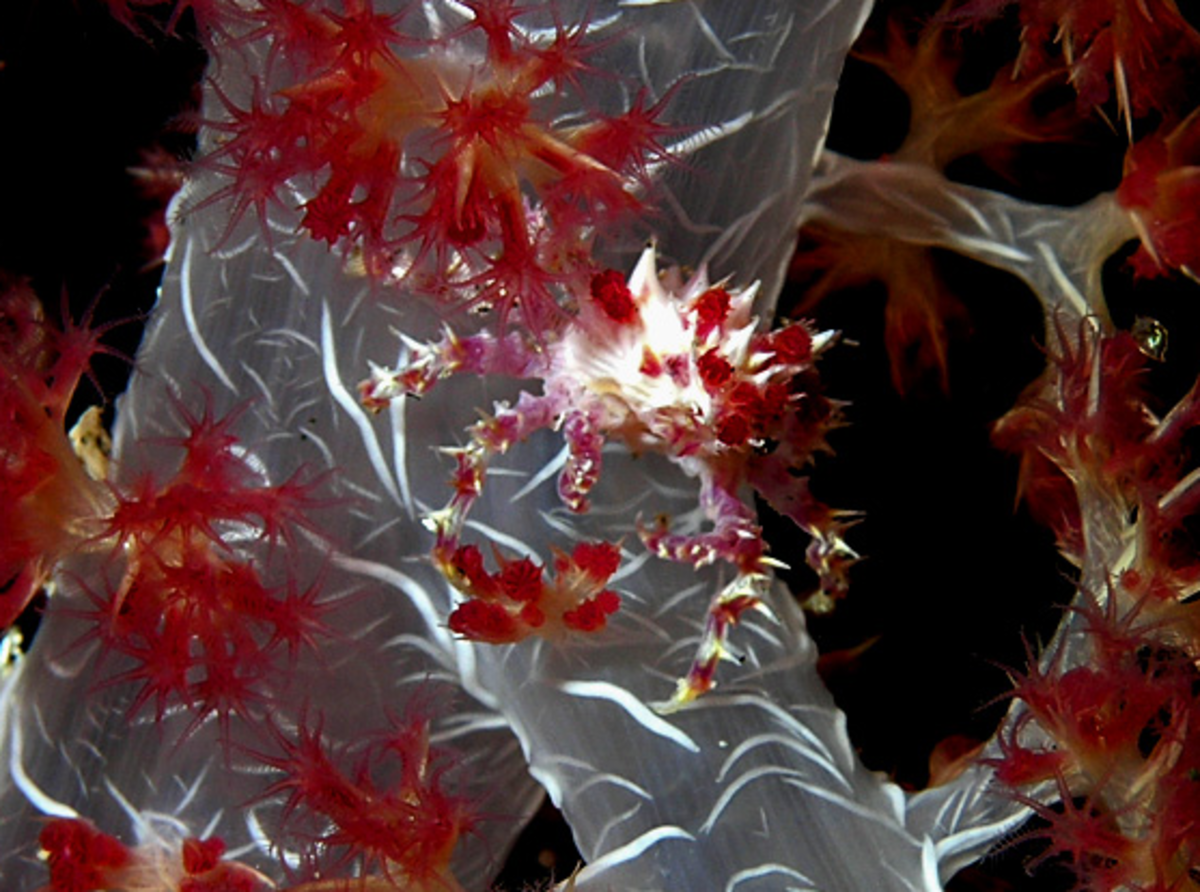
The well camouflaged candy crab. | Source
The candy crab (Hoplophrys) belongs to a monotypic genus, meaning it has no closely related species. It grows to 2 cm long and can camouflage itself in bright colors to match the coral that forms its habitat. As well as red, the crab can turn white, yellow, and pink. It lives in the Indian and Pacific Oceans.
4. Swallow-Tailed Hummingbird
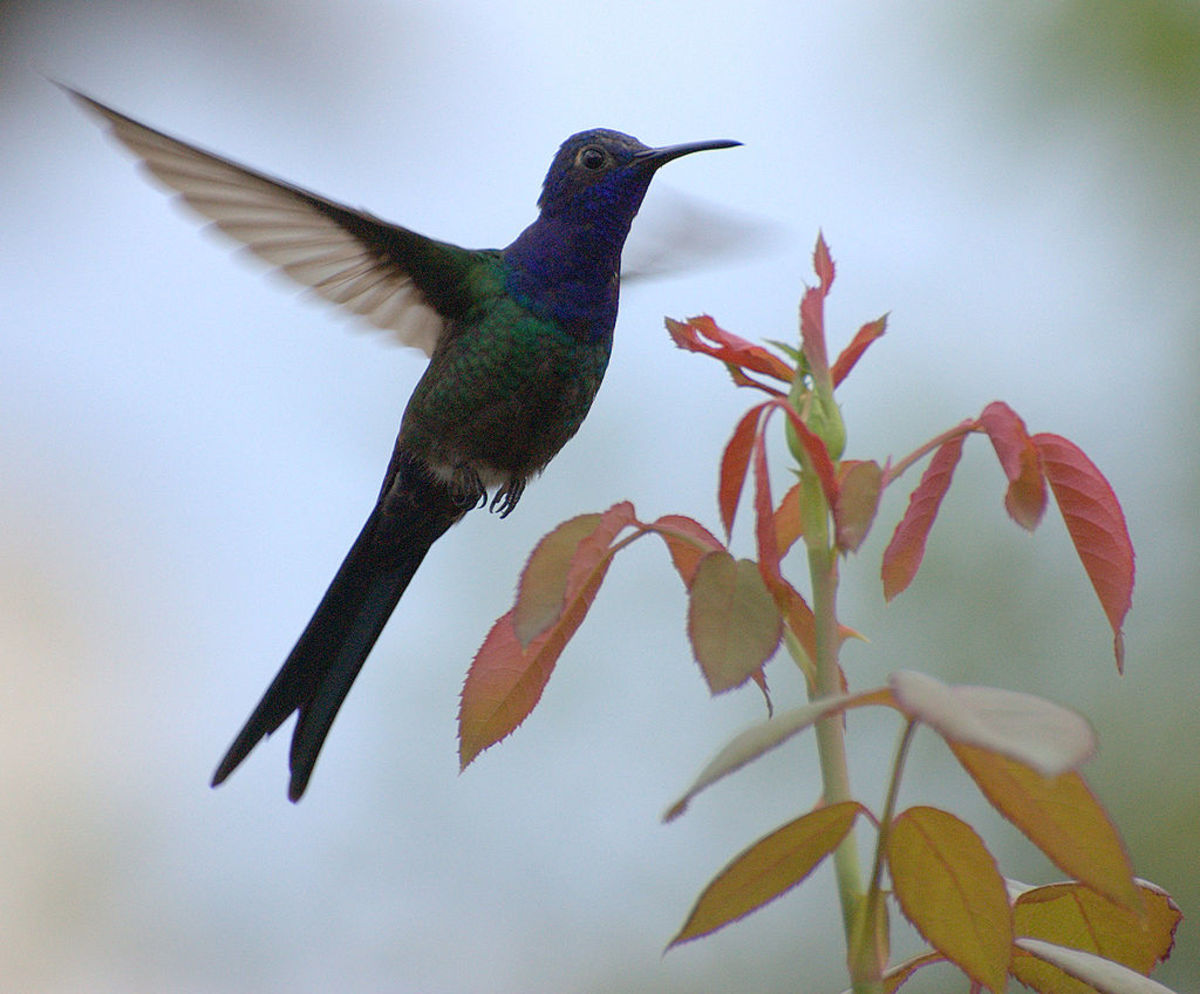
The swallow-tailed hummingbird in flight. | Source
The swallow-tailed hummingbird (Eupetomena macroura) lives in east and central South America. It prefers semi-open areas, sparse woodland, coastal regions, and gardens, but will avoid dense rainforest. It has a long forked tail that comprises half of the bird's 16 cm length. Its plumage is a mixture of green, blue, and purple, and its wings flap at approximately 20 beats per second, allowing it to hover while feeding on flower nectar. They are aggressive towards other birds and will `dive-bomb' or pester birds as large as hawks!
3. Poison Dart Frog
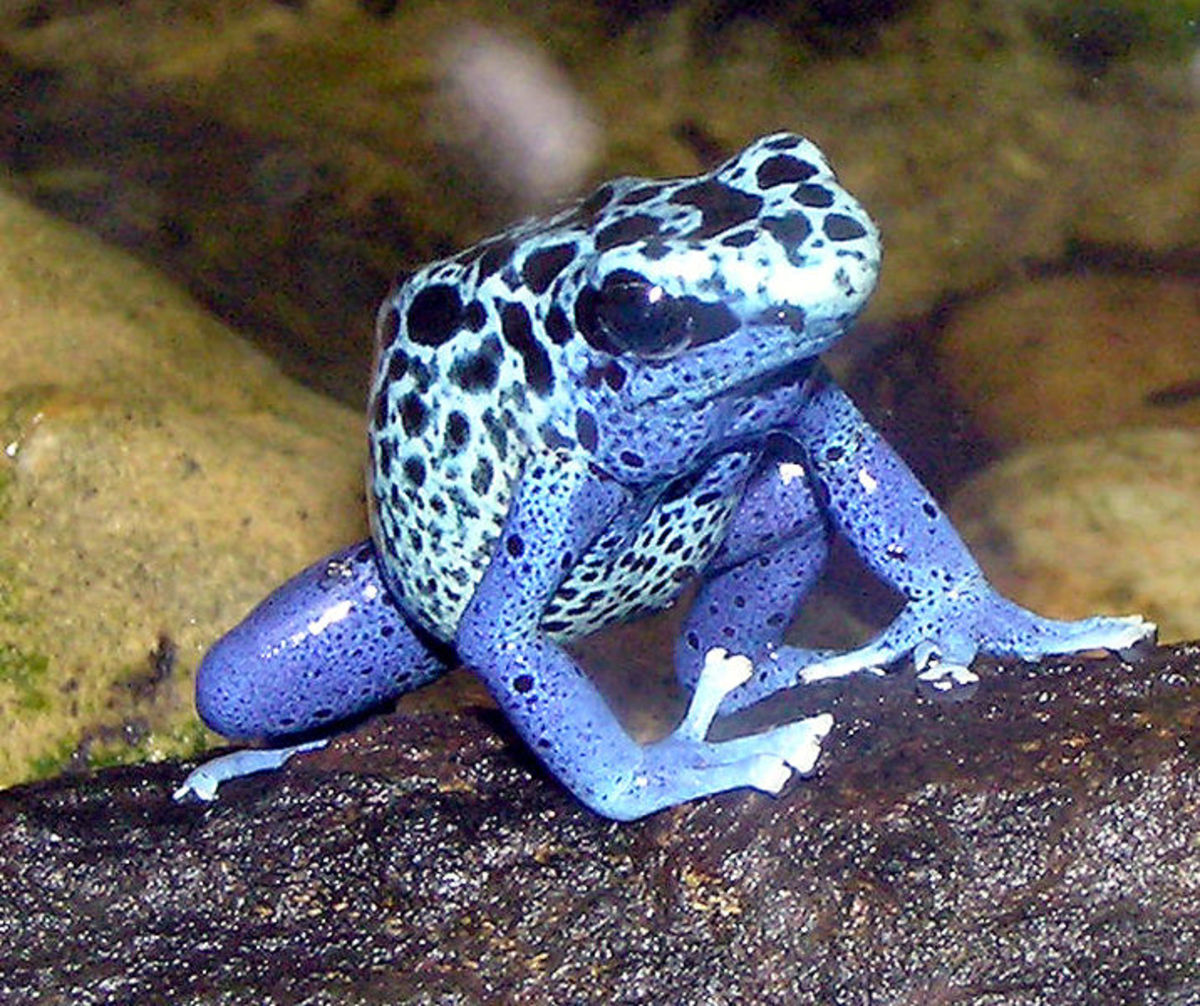
One of the most striking varieties of the poison dart frog. | Source
The poison dart frog (pictured: Dendrobates azureus) lives in Central and South American rainforests, growing to between 1.5 and 6 cm in length. Indigenous people used the frog's toxic secretions to poison the tips of blow-darts, giving the frog its name. The secretions, which are being studied in medical trials, might also be used as muscle relaxants, appetite suppressants, and heart stimulants. Their bright colors form `aposematic patterns', which serve to ward off predators by suggesting an unpalatable toxicity. There are around 175 closely related species of poison dart frog which vary in size and coloration. The most colorful are the 5 within the dendrobates genus.
2. Tiger
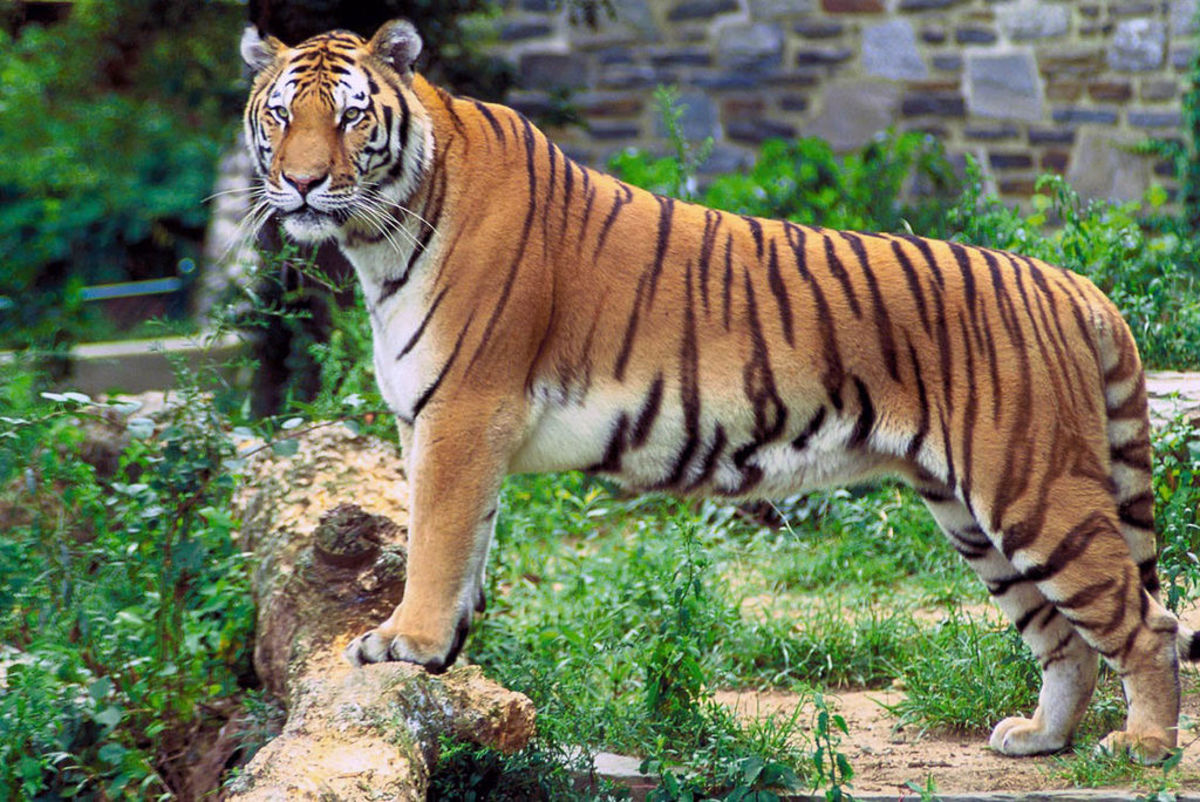
The striking beauty of the tiger. | Source
The tiger (Panthera tigris) is the largest and most eye-catching of the big cats. They can grow up to 3.3 meters in length and weigh over 300 kg. Tigers have a lifespan up to 26 years, though all 6 subspecies (Bengal, Siberian, Sumatran, Malayan, Indochinese and South China tigers) are endangered, with a total population of less than 4,000. The Bengal tiger is the most common and the Siberian is the largest. They live in India, southeast Asia, and the far east of Russia (Siberia). Their striped fur serves as camouflage in their natural habitat of long grasses and wooded areas. Underneath the fur, their skin is striped in the same pattern.
1. Sunset Moth
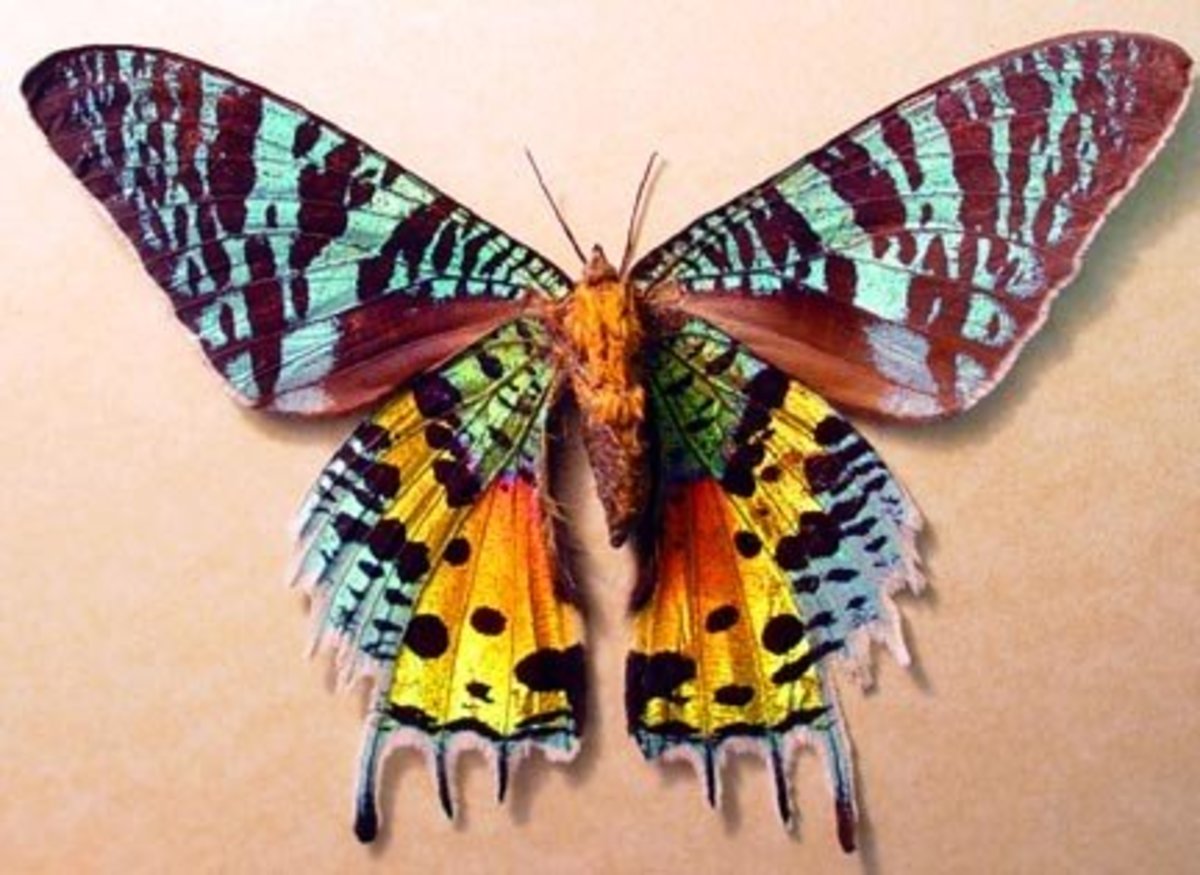
The immensely colorful Madagascan sunset moth. | Source
The Madagascan sunset moth (Chrysiridia rhipheus) is a uniquely colorful lepidopteran that is sought after by collectors. Its often asymmetrical pattern of colors is caused by the optical interference and scattering of light by curved, partially reflective scales on the moth's wings. Sunset moths have a wingspan up to 11 cm and are often mistaken for butterflies due to their color, tails, and habit of resting with their wings vertical. Their bright aposematic colors warn predators of their toxicity. In contrast, the moth's chrysalis looks like a covered corpse and the Malagasy people believe the emergent moth represents the risen soul of their dead ancestors.
There are many beautiful animals that didn't make the list. These include the snow leopard, peacock, polar bear, ladybird, sea turtle, giant tortoise, penguin, emperor tamarin, fiery billed aracari, and the harpy eagle.
Of course, there are many other stunning creatures that I have neglected to mention. Please post any suggestions in the comments section below. Thanks for visiting this list of the ten most beautiful animals in the world. I hope you enjoyed it!

No comments:
Post a Comment